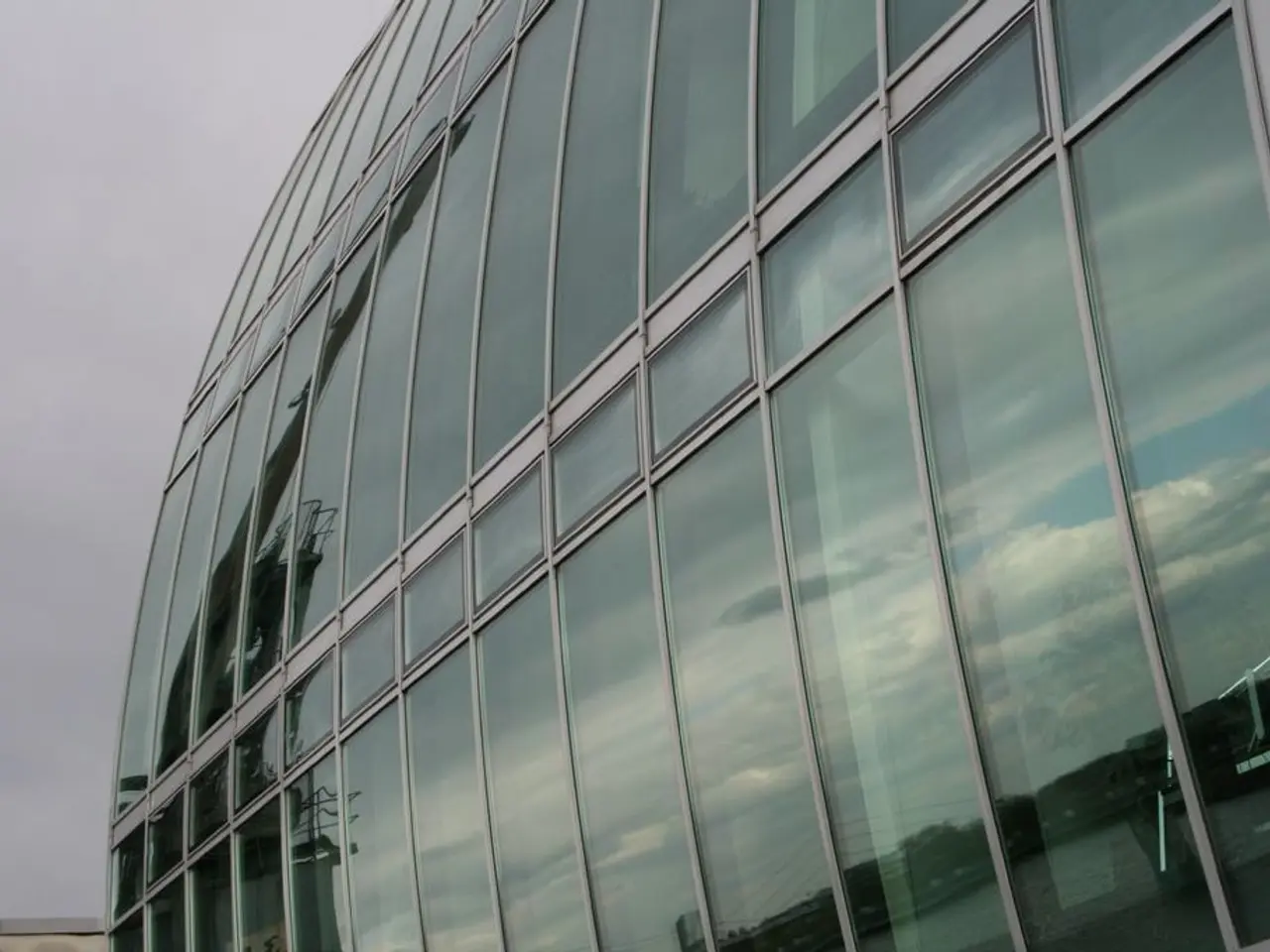Returning trends in clothing, heightened emphasis on digital platforms, and anticipations for the year 2021's fashion forecasts
Retail Industry in 2021: Embracing Digital Transformation and Sustainability
The retail landscape in 2021 was marked by significant shifts, as the industry grappled with the ongoing impact of COVID-19 and the resulting changes in consumer behaviour.
One of the most notable trends was the accelerated adoption of digital and omnichannel strategies. Retailers increasingly pivoted to create seamless integration between online and offline touchpoints, enabling consumers to engage through multiple channels comfortably and safely. Investments in e-commerce platforms, digital marketing, virtual try-ons, contactless payment, and efficient logistics became critical for survival and growth.
Omnichannel approaches helped retailers mitigate the impact of physical store closures by enabling options such as buy online, pick up in store (BOPIS), curbside pickup, and returns across channels. Brands focusing on digital transformation were better positioned to capture shifting consumer demand and adapt to ongoing uncertainty in store foot traffic and global supply disruptions.
The sustained increase in consumer preference for online shopping, driven by health concerns and social distancing, favoured retailers with strong e-commerce capabilities. Online's share of retail spending hit 40% in the spring and holiday season of 2020, according to Deloitte InSightIQ analysis.
Another key trend was the rise in sustainable and conscious retail behaviours. Thrifting and secondhand shopping, particularly among younger consumers like Generation Z, influenced fashion retail strategies to incorporate sustainability messaging. The expansion of home decor and luxury specialty stores also took place, partially due to increased time spent at home and rising disposable income for certain segments. Online channels were expected to grow faster than physical stores in this market.
The retail industry also saw a rise in store closures and declines in revenue, especially in sectors like fashion, due to lockdowns and economic uncertainty, alongside disruptions in supply chains. However, growth was observed in the specialty and discount retail segments, with discount retailers actually experiencing sales growth even amid the pandemic.
As the market picks up generally, it could make the path for other kinds of deals as well. The total value of mergers in the consumer market increased by 7% from 2019, despite a decrease in deal volume, according to a recent PwC report.
Looking ahead, the retail industry is expected to continue focusing on digital acceleration, with online's share of retail spending expected to remain high. B. Riley's Susan Anderson suggests that the L Brands' spinoff of Bath & Body Works from its Victoria's Secret brand, which fell apart due to the pandemic in 2020, could be reconsidered in 2021.
Categories that downshifted during the pandemic, such as apparel, beauty, and footwear, could see strong demand in 2021. Investments in direct-to-consumer channels and digitally native brands may help companies stay relevant amid rapid online sales growth.
Furthermore, emerging tech adoption will help to build further transparency across the supply chain. Consumer players are rationalizing their brand portfolios to reduce supply chain complexities and prioritize core brands for growth and scale, according to the PwC report.
In summary, the 2021 retail landscape was characterized by turbulent market conditions due to COVID-19, with digital and omnichannel strategies serving as key enablers for retailers to stay connected with consumers, capture new shopping behaviours, and build resilience against further shocks. Sustainability and experiential retail were also becoming important differentiators partly driven by generational shifts in values.
- The war against the pandemic's impact on the retail industry has led to the acceleration of AI research and policy implementation, focusing on digital transformation and sustainability.
- In the fashion world, AI is being used to predict trends,while in the tech industry, AI is powering virtual try-on services and contactless payment systems, driving the digital transformation of the retail sector.
- Policy makers are implementing regulations to support retail markets during this challenging time, such as fostering investments in e-commerce, promoting green initiatives, and encouraging tech adoption.
- As the pandemic continues, AI and technology are expected to play an increasingly crucial role in shaping the retail landscape, especially in areas like fashion-and-beauty, finance, and retail.
- Amidst the pandemic, the retail industry has experienced a significant shift in consumer shopping habits, with more people turning to online platforms for their fashion, home decor, and lifestyle needs.
- Online shopping is now the preferred method for many, with almost half of all retail spending happening online during the spring and holiday season in 2020.
- However, the pandemic has also caused struggles for the fashion industry, with numerous store closures and revenue declines, particularly for high-end retailers.
- Despite the challenges, the retail industry remains optimistic about the future, with a growing focus on sustainability, direct-to-consumer channels, and emerging technology adoption as key strategies for growth and resilience.




